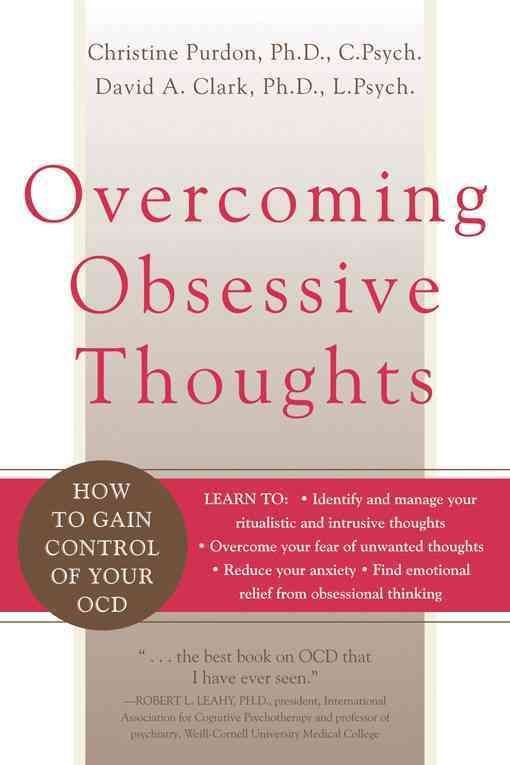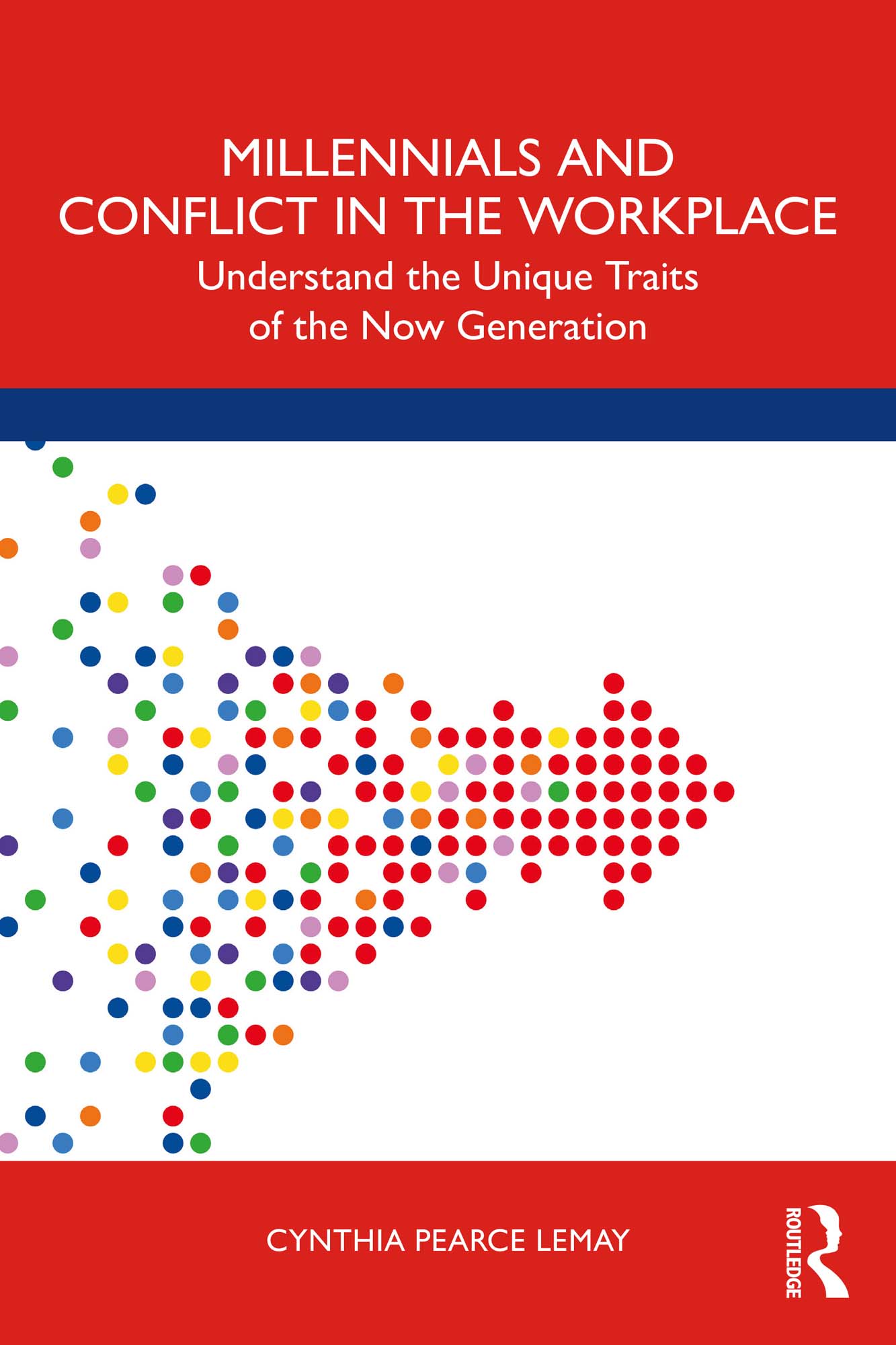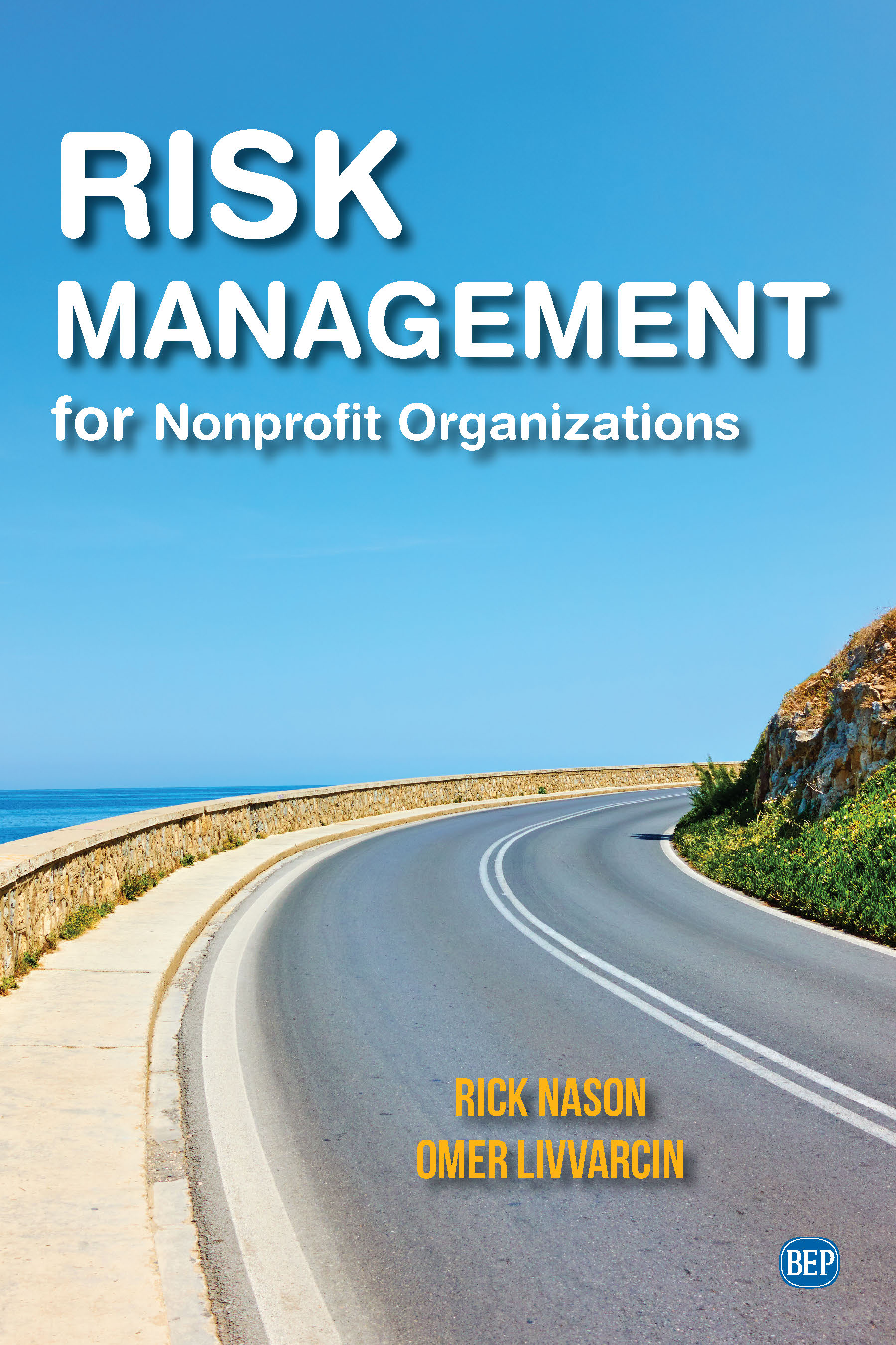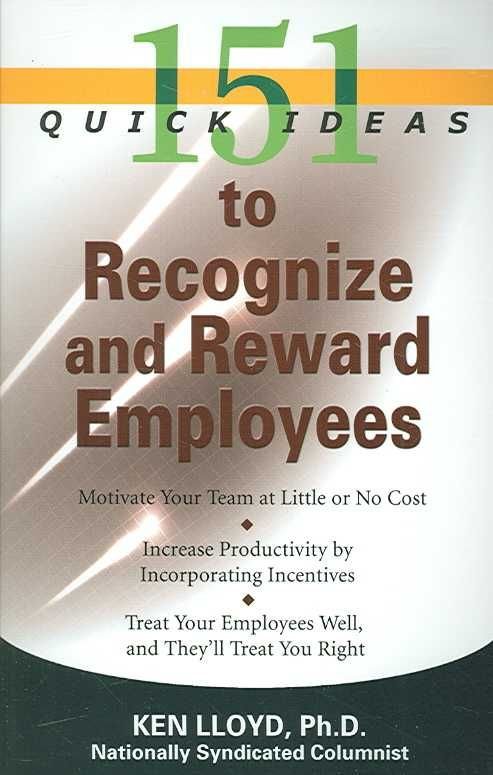Although once thought to be a rare and unusual condition, obsessive-compulsive disorder (OCD) has become increasingly a part of everyday discourse as it has gathered more and more media attention. News magazines and programs have done features on the disorder and its range of symptoms, and popular culture has depicted characters suffering from OCD, such as the eponymous detective in the UPN television program, Monk. One facet of OCD that is just beginning to be widely known is that people with the disorder can present a wide range of symptoms. Some people with OCD wash compulsively, others hoard objects, while still others-the audience of this book-struggle with obsessive thoughts. The most effective treatment techniques vary from symptom to symptom. This is why New Harbinger launched, with the publication of Overcoming Compulsive Hoarding, a series of books designed to bring the latest coping strategies for specific OCD symptoms to the people who need them most. Since that first book, we have brought readers two more titles: Overcoming Compulsive Washing and Overcoming Compulsive Checking. The professional community and OCD sufferers alike have warmly received all three books. This fourth book in the series addresses the needs of those who struggle with obsessive thoughts they perceive as violent, disgusting, or blasphemous. Psychologists estimate that more than 50 percent of OCD sufferers experience aggressive, religious, or sexual thoughts. The goal of this book is to help people understand the impact of their control efforts on their obsessional thoughts. It works to help them recognize that thoughts, in themselves, are not threatening, dangerous, or harmful. Rather, it is the compulsive strategies they develop for coping that make the thoughts seem so harmful. The book offers safe and effective exposure exercises readers can use to limit the effect obsessive thoughts have on their lives. In addition to self-care strategies, the book includes information a …












